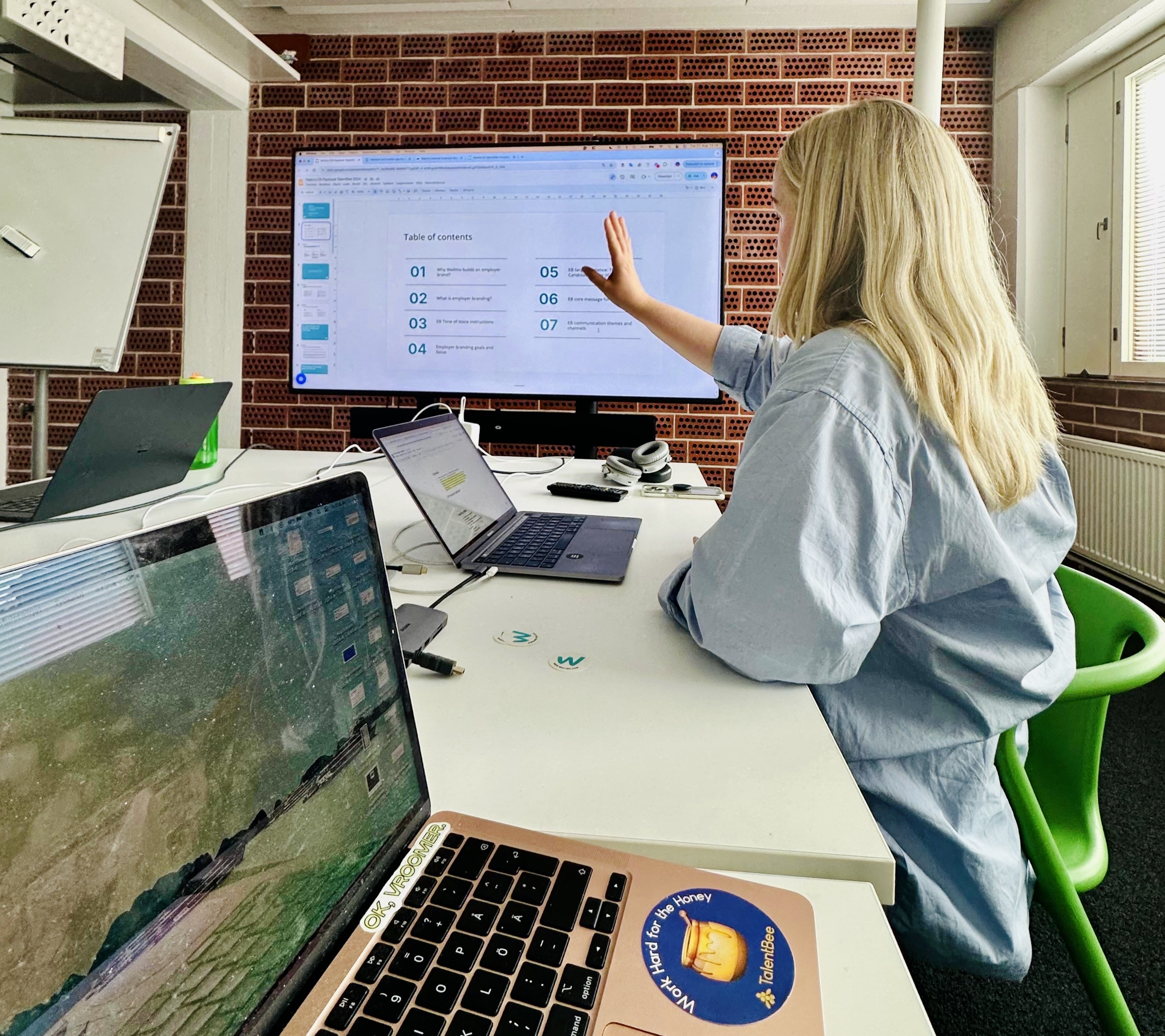Episode Summary: Talent Acquisition at MANTA - Featuring Ana Tavares
Introduction and Company Growth
- Ana Tavares joined MANTA in January 2022 when the company had around 100 employees.
- Main goal: To double the headcount in a year, which was achieved despite a layoff.
- Team expansion included hiring recruitment coordinators and someone for employer branding, especially since MANTA wasn’t very well-known.
Recruitment Coordinator Model
- Ana implemented the recruitment coordinator model, first tried in 2019 at Pipe Drive.
- Coordinators handle administrative tasks, allowing recruiters to focus on sourcing and interviews.
- This model improves candidate experience, with coordinators managing first contact and scheduling.
Hiring Plan and Strategy
- Essential to have a hiring plan early (preferably by November for the next year).
- Collaboration with finance and department leaders is crucial to determine headcount and budget allocation.
- Adjustments to the plan are normal in startups.
Training Hiring Managers
- Ana emphasizes training hiring managers to ensure a good candidate experience.
- Topics include how to interview, avoid bias, hire according to company values, and make quick decisions.
- Training helps managers feel empowered and reduces early attrition.
Cultural Assessment in Recruitment
- Cultural fit assessment should be part of all recruitment stages.
- Consistency in a candidate’s responses related to company values is evaluated throughout the process.
Shared Responsibility in Recruitment
- The recruiter owns the process, while the hiring manager owns the hiring decision.
- Recruiters should raise concerns and provide guidance, especially regarding cultural fit.
- Hiring managers must consider team input but ultimately make the final decision.
Well-Being at Work
- Well-being is a joint responsibility of executives, managers, and employees.
- Companies should foster a culture where well-being is a priority, supported by processes and frameworks.
Decision Making in Hiring
- Ana advocates for a balanced approach where the recruiter guides the process, and the hiring manager makes the final decision.
- Team feedback is crucial, but hiring managers need to discern between deal-breakers and preferences.
Conclusion
- Ana’s approach at MANTA demonstrates the importance of a structured recruitment process, team involvement, and adapting to company needs.
- Emphasis on training, candidate experience, and maintaining a balance between recruiter guidance and hiring manager decision-making is key to successful talent acquisition.
Key Learnings and Actionable Tips:
- Implement recruitment coordinators to optimize recruiters’ efficiency.
- Early planning and collaboration across departments are essential for a successful hiring strategy.
- Regular training for hiring managers improves recruitment outcomes.
- Assess cultural fit at every recruitment stage to ensure alignment with company values.
- Balancing shared responsibility: recruiters manage the process, while hiring managers make final hiring decisions.
- Prioritize well-being as a collective responsibility, integrating it into company culture and processes.
- Approach decision-making in hiring with a focus on balance, considering team feedback and hiring manager’s judgment.









